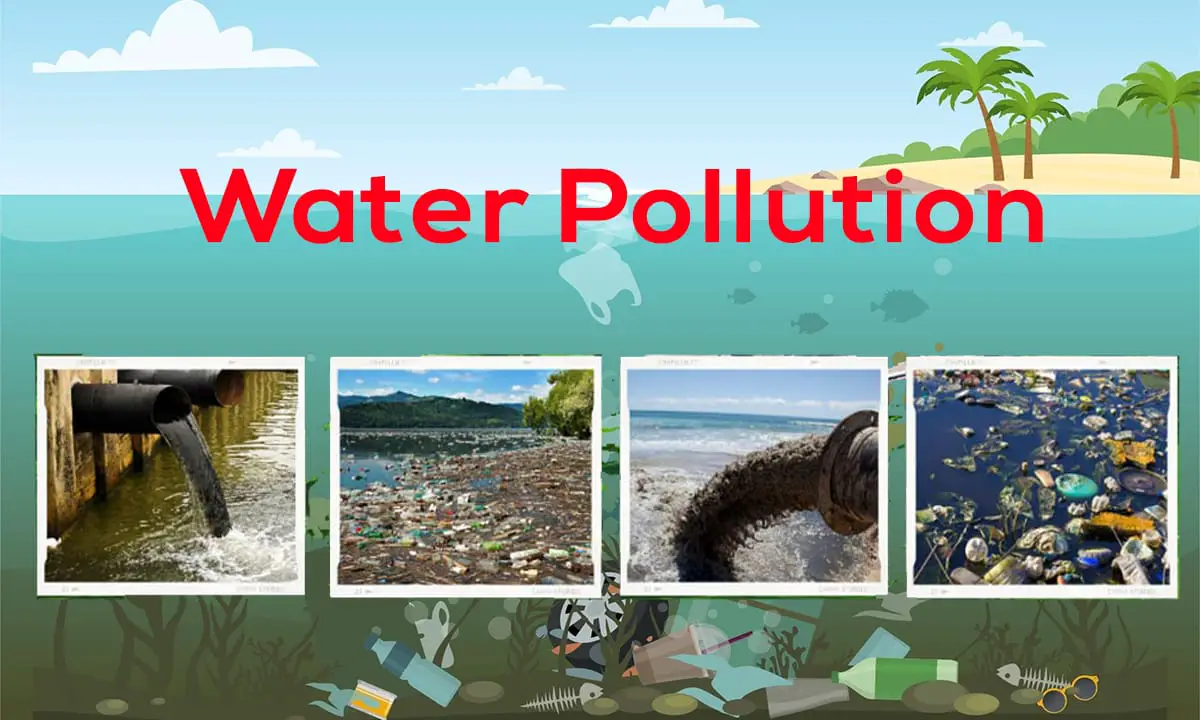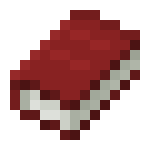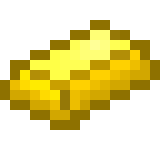Effects of Water Pollution and Methods of Control
In fact as far as India is concerned, polluted water is one of the major factors behind the general low level of health in India, especially in rural areas. Polluted water can lead to diseases such as cholera, tuberculosis, dysentery, jaundice, diarrhoea etc. In fact, about 80% of stomach diseases in India are caused by consuming polluted water. Bodies of water near urban areas are highly polluted. This is a result of waste dumped both legally and by individuals and hazardous chemicals at health centres, schools, market places. Death of aquatic animals, disruption of food chains, diseases, destruction of ecosystems and so on are some of the common effects of water pollution.
1. Human Health: We all drink water that comes from a source: it may be a lake or a local river. In the practice of poor screening and purification practices, people often get outbreaks of water-borne diseases such as cholera and tuberculosis. Each year, cholera causes an estimated 3-5 million cholera cases and 100,000-120,000 deaths. Take the toxins emitted by algae growth for example: it can cause stomach pain and rashes. Excess nitrogen in drinking water also poses serious risks to infants. The EPA’s 2010 National Lakes Assessment found that nearly 20 percent of the country’s lakes have high levels of nitrogen and phosphorus pollution. The report also showed that poor lake conditions related to nitrogen or phosphorus pollution doubled the likelihood of poor ecosystem health.
2. Ecosystems: Nutrient pollution from upstream often travels miles downstream and even into other larger water bodies. The effect is that it leads to algae growth and causes the growth of much more water organisms. This algae attack affects fish and other aquatic animals by absorbing and reducing their oxygen supply.
3. Animal deaths: Animals, including water animals, suffer when water is poisoned for various reasons. Other animals are stressed and their populations are endangered. In a classic case of marine pollution in recent times, 16000 miles of a coastline was affected by an oil spill. That water pollution caused great harm and death of many animals. 8,000 animals (birds, turtles, mammals) were reported dead 6 months after the spill, including many that were already on the endangered species list. Immediate effects on wildlife include oil-coated birds and sea turtles, mammal ingestion of oil, and dead or dying deep sea corals.
Treatment Steps Implemented to Treat Water Pollution
1. Primary Treatment: Primary treatment is that which is experienced by wastewater as solid wastes are precipitated within the water. This is followed by the removal of large impurities from the water. The impurities are eliminated by separate tanks and filtering operations performed on the wastewater, on which the impurities are precipitated. What remains, in the form of “sludge”, is introduced to a digester where secondary treatment is applied. This initial sludge contains approximately 50% of the suspended solids in the wastewater. It consists of:
Screening and Pumping: Incoming wastewater is screened through screening devices where solids such as rags, wood chips, plastics and grease are removed. The removed solids are cleaned and pressed into the landfill. The screened wastewater is pumped to the next process, i.e., grit removal.
Grit Removal: In this process, coarse but fine materials such as gravel and sand are removed from the wastewater. These are also disposed of in a landfill.
Primary Settling: Material that will settle but at a lower rate than Stage Two is removed in large cylindrical tanks, aptly referred to as Stage Two. Sludge that has settled or primary sludge is pumped from the bottom and the wastewater is removed at the top of the tank. Floating materials such as grease are removed from the top and the digested and settled material is pumped.
2. Secondary Treatment: The secondary process of wastewater treatment of water is oxidation to further purify the wastewater. It enters
Aeration/Activated Sludge: In this stage, the wastewater is being treated by biological disintegration with most of its treatment being done as impurities are being absorbed by microorganisms and dissolved into water and nitrogen, and cell tissue. The same biological processes done at the bottom of rivers and lakes are currently being done at this stage, but here the disintegration has been carried out for years to be fully realised.
Secondary Settling: Large circular tanks known as secondary clarifiers allow the treated wastewater to be removed from the biology in the aeration tank at this point, with an effluent that is over 90% treated. The biology (activated sludge) also gets pumped out of the bottom of the clarifiers on a regular basis and recycled back to the aeration tank in stage four.
Filtration: Filtration of the treated wastewater occurs at this stage by applying filtration with 10 micron polyester media. Backwashing and reusing disc filter surface material occurs at regular intervals in the head of the plant.
3. Tertiary Treatment: Tertiary treatment is the final process of treatment that improves the quality of the wastewater before it is reused, recycled or released into the environment. This includes
Disinfection: To make the treated wastewater free of bacteria, ultraviolet disinfection is employed after filtration. The ultraviolet treatment kills the bacteria to level our discharge permit.
Intake of Oxygen: The water that has been treated is now very stable in the high quality present, where it gets aerated where the dissolved oxygen is needed to equalize the quantity supplied. The water that has been treated is then sent out through a pump where the water discharges into the river. The removal of pollutants is consistently 98% and above.
4. Economic Cost: As can be understood from the above, there are some real money costs that will be borne due to water pollution. Cleaning drinking water that is drawn from nutrient polluted water bodies is costly. Fish stocks suffer when the oxygen in the water gets exhausted. Buyers are also scared of the fish from the same and do not purchase them, and hence fisheries lose revenue.
Read Also:
- Causes Of Water Pollution
- Introduction To Water Pollution
- Introduction To Air Quality And Pollution Control
- Introduction And History Of Anthropogenic Pollution
- Air Pollution And Your Health
- What Is Air Pollution
- Air Pollution In India
- Health Effects Of Air Pollution
- Air Pollution: Health Effects
- Effect Of Air Pollution On Human Health






